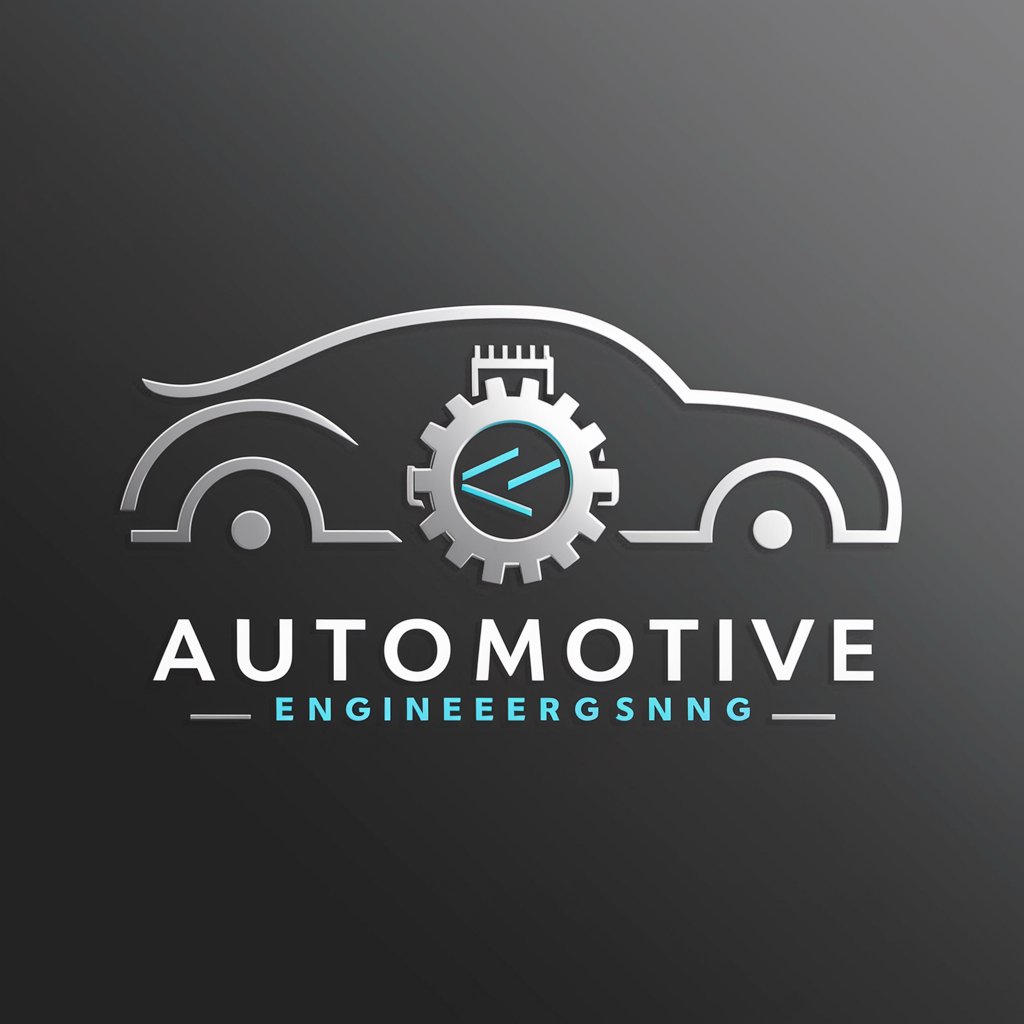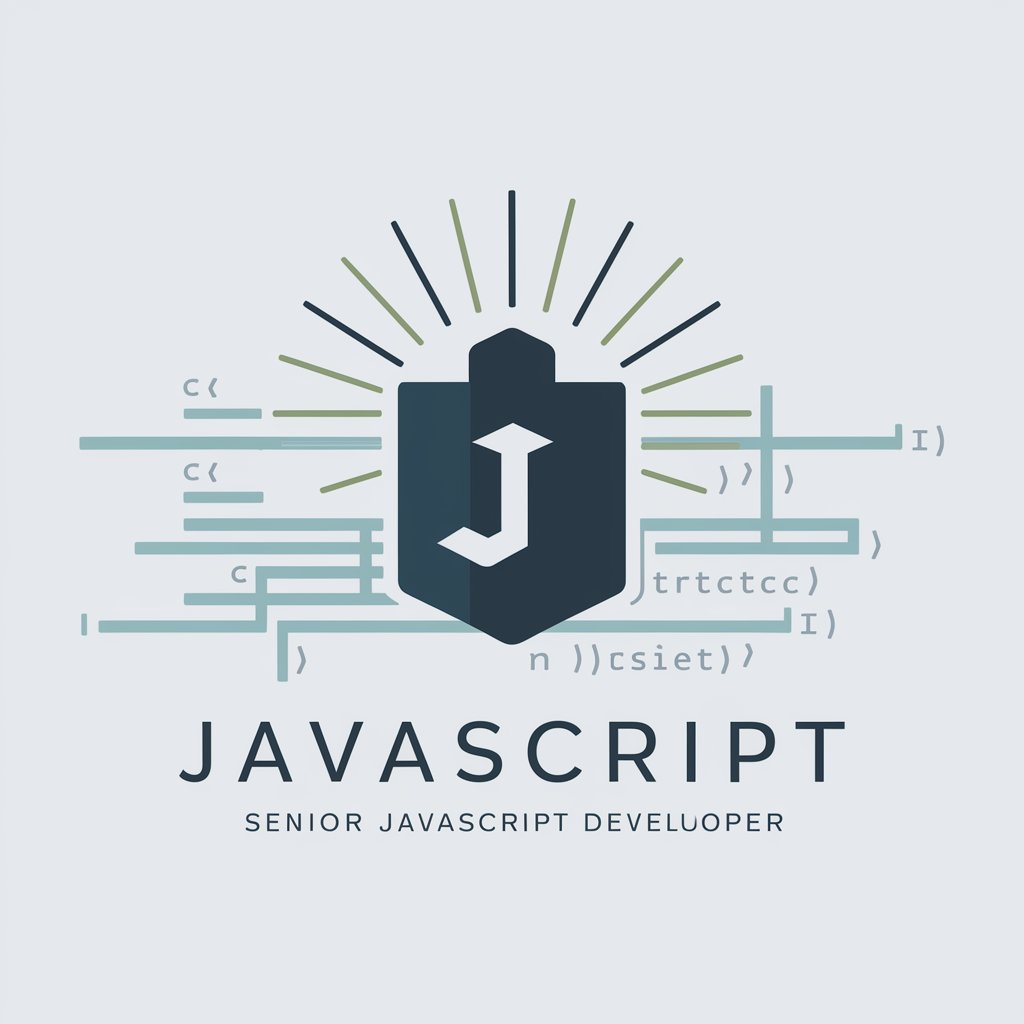Crafting Future Cars with C Programming - C Programming for Cars

Welcome to the future of automotive control systems programming.
Engineer the future of cars with AI-driven C programming.
Explain how to optimize C code for real-time car control systems.
Describe the process of integrating sensors with microcontrollers in automotive applications.
Outline the key safety regulations for automotive control systems and how to ensure compliance.
Discuss the advantages of using C for programming car control systems compared to other languages.
Get Embed Code
Crafting Future Cars with C Programming
Crafting Future Cars with C Programming is an initiative that melds automotive engineering with advanced programming to create sophisticated control systems for modern vehicles. It leverages the power of C programming to develop software for microcontrollers that manage various vehicular functions such as engine timing, safety mechanisms, fuel efficiency, and emission control. The design purpose is grounded in enhancing the reliability, efficiency, and safety of vehicles through precise control and monitoring. For example, by programming an engine control unit (ECU) using C, we can optimize fuel injection timing and amount based on engine load and speed, thereby improving fuel efficiency and reducing emissions. Another scenario involves implementing real-time safety systems, such as automatic emergency braking (AEB), by integrating sensors and writing algorithms that accurately detect obstacles and control the vehicle's braking system accordingly. Powered by ChatGPT-4o。

Main Functions and Use Cases
Engine Management
Example
Optimizing combustion through precise control of fuel injection and ignition timing.
Scenario
In high-performance vehicles, engine management software adjusts in real time to the driver's input and external conditions to maximize power output while maintaining fuel efficiency and meeting emission standards.
Safety Systems Development
Example
Designing and programming of collision detection and avoidance systems.
Scenario
Safety systems like AEB are developed to autonomously apply brakes when sensors detect an imminent collision, significantly reducing the risk of accidents.
User Interface and Connectivity
Example
Creating interactive dashboards and integrating vehicle with external networks.
Scenario
Modern vehicles feature complex user interfaces that display vital information and entertainment options. C programming is used to develop the software that controls these interfaces and manages data exchange with external devices and networks, enhancing the user experience.
Diagnostic and Maintenance Tools
Example
Programming tools for real-time monitoring and diagnostics of vehicle systems.
Scenario
Automotive technicians use specialized diagnostic tools, programmed in C, to quickly identify and address issues within a vehicle’s electronic systems, streamlining maintenance and repairs.
Target User Groups
Automotive Engineers
Engineers looking to design, develop, and optimize vehicle control systems will find invaluable resources in Crafting Future Cars with C Programming. The emphasis on C programming for microcontroller-based systems provides the foundational skills necessary for developing advanced automotive technologies.
Software Developers in the Automotive Industry
Developers focused on automotive software can leverage these services to enhance their understanding of vehicle control systems, real-time operating systems, and networking. The detailed approach to C programming for automotive applications helps in creating more efficient and reliable software.
Automotive Technology Students
Students pursuing degrees in automotive technology or computer science with an interest in automotive applications will benefit from the practical, hands-on approach to programming real-world automotive systems. It provides a solid foundation for careers in automotive engineering and software development.
DIY Enthusiasts and Hobbyists
Hobbyists and DIY enthusiasts with a passion for cars and technology can use these services to understand and create custom modifications or enhancements for their vehicles. It offers the knowledge needed to safely and effectively modify vehicle control systems.

Getting Started with Crafting Future Cars with C Programming
Step 1
Start by visiting a platform that offers interactive sessions for learning and applying C programming in automotive engineering without requiring a login or subscription, such as yeschat.ai for a hassle-free trial.
Step 2
Familiarize yourself with the basics of C programming and automotive engineering principles. Understanding microcontroller architecture and real-time operating systems is essential.
Step 3
Explore tutorials and documentation provided on the platform to gain insights into writing efficient C code for car control systems, including engine timing, safety mechanisms, and sensor integration.
Step 4
Practice by developing small-scale projects or simulations that implement various car functionalities. This hands-on approach helps in understanding the integration of software with automotive hardware.
Step 5
Leverage the community or support forums to exchange ideas, solve problems, and stay updated with the latest trends in automotive technology and software development.
Try other advanced and practical GPTs
Terminal Emulator
Experience Linux, powered by AI

ASO Keyword Optimizer
Elevate Your App with AI-Powered Keyword Optimization

WIth Bible Sermon Assistant
Empowering Your Sermons with AI

Biblical Wisdom | Scripture Insight & Teachings 📖
Unlocking Scripture with AI

Pitch Deck GPT
Craft Winning Pitch Decks with AI

Pub Quiz
Your AI-Powered Quizmaster

Javascript: Ensuring Web Content for All
Empowering accessible web experiences with AI

JavaScript: Elevate Code to Excellence
Elevating JavaScript with AI

Public Speaking Coach EXPERT - Id.A (US)©
Elevate Your Speaking with AI

Analysis and Summary Engine
Distill Complex Data into Strategic Insights

Remote Work Shield
Innovate securely with AI-powered creativity.

Code Guardian Master
Empowering encryption with AI

Frequently Asked Questions about Crafting Future Cars with C Programming
What is the importance of C programming in automotive engineering?
C programming is crucial in automotive engineering for developing low-level control systems, managing real-time operations, and ensuring efficient communication between various car components. Its performance and close-to-hardware capabilities make it ideal for microcontroller programming in vehicles.
Can I develop safety-critical systems with this approach?
Yes, focusing on C programming for automotive applications allows you to design and implement safety-critical systems such as airbag control, anti-lock braking systems, and stability control, adhering to industry standards and safety regulations.
How does sensor integration work in car control systems?
Sensor integration involves using C code to read data from various sensors (like speed, temperature, and proximity sensors) and processing this data to make real-time decisions, such as adjusting the engine performance or activating safety mechanisms.
What are the challenges in programming for automotive systems?
Challenges include managing real-time system constraints, optimizing code for limited-resource microcontrollers, ensuring code reliability and safety compliance, and integrating software with complex automotive hardware.
How can I keep my skills updated in this rapidly evolving field?
Staying updated requires continuous learning through online courses, attending industry conferences, participating in forums, and experimenting with the latest technologies in automotive software engineering.
